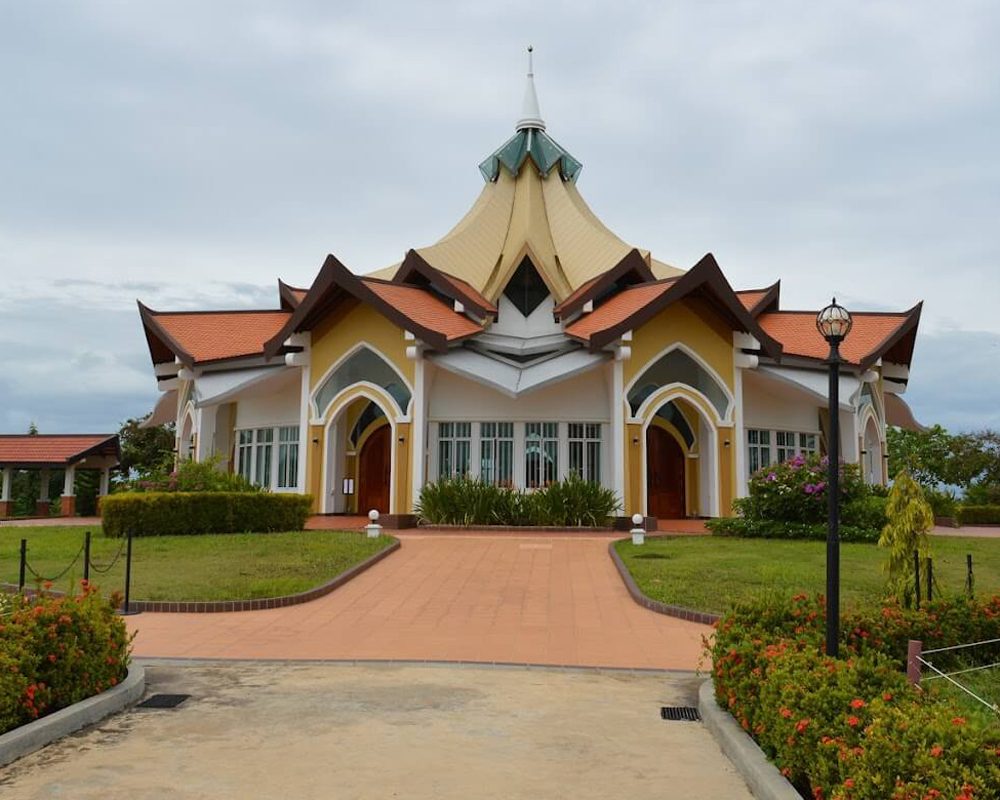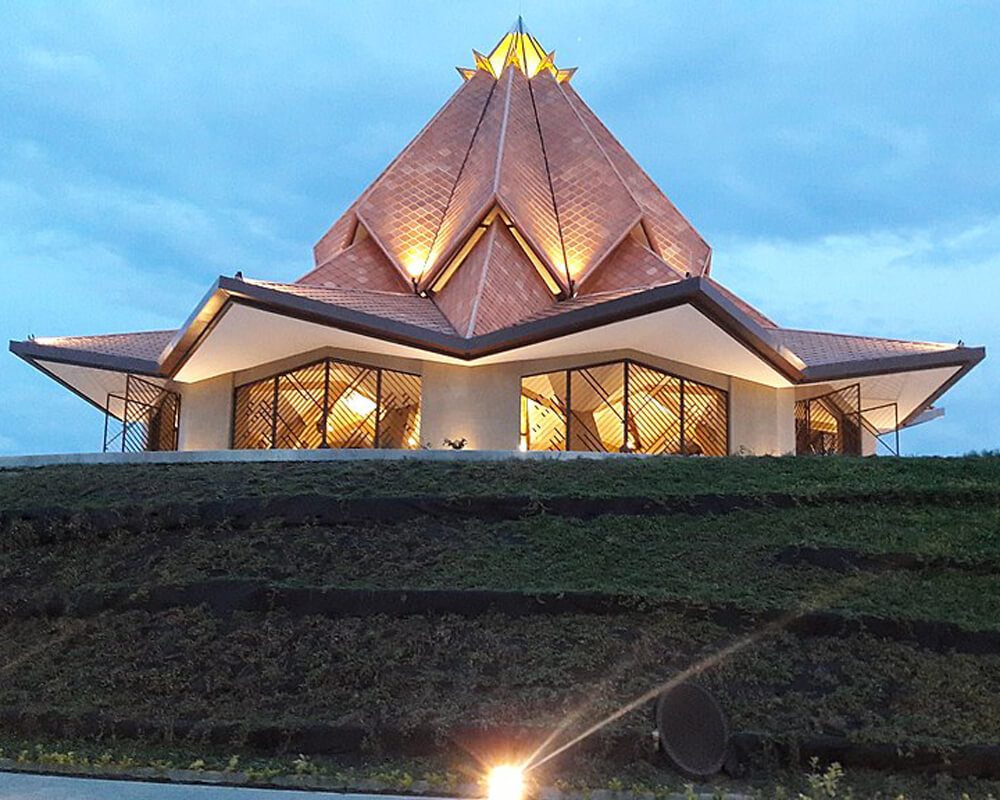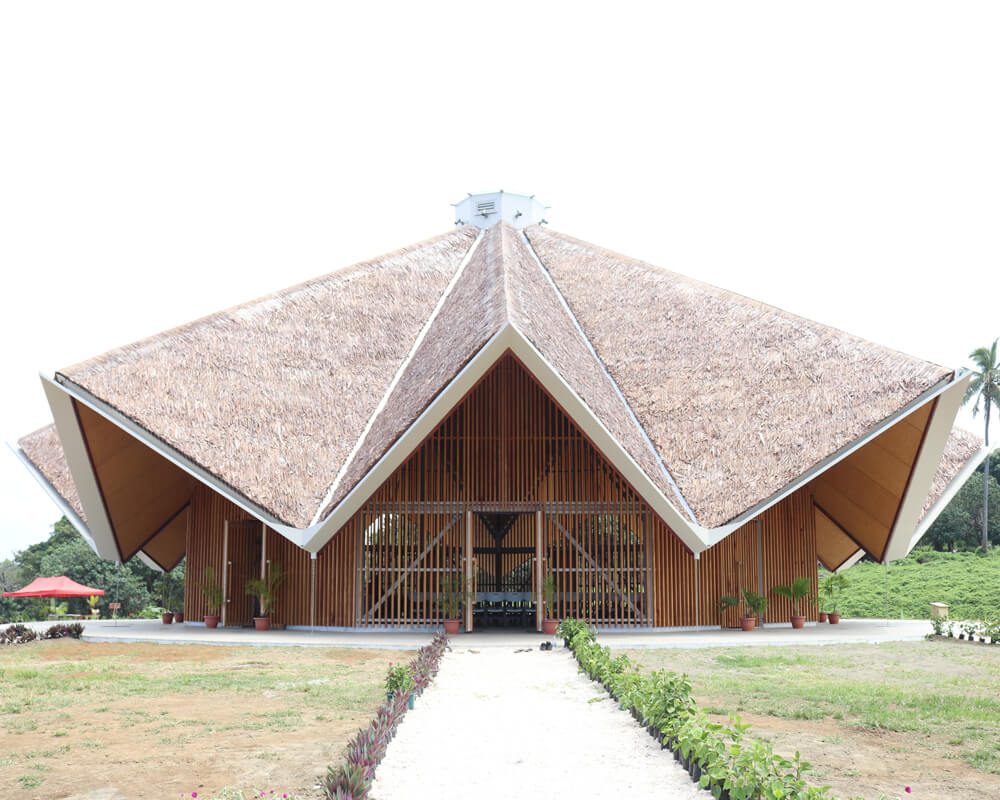Houses of Worship Around the World
The process building Houses of Worship began with Bahá’u’lláh’s approval of the House of Worship in Ishqábád, Turkmenistan, the first Bahá’í House of Worship ever to be built. Its construction was initiated in 1902 and completed by 1908. However, damaged by an earthquake in 1948 it had to be demolished. Inspired by these developments, the Bahá’ís of America requested for permission in 1903 to build the first Temple of the West. The ground was broken in Chicago on 1st May, 1912, and its construction was completed by 1953 having been interrupted by the great depression and two World wars.
Continental Houses of Worship
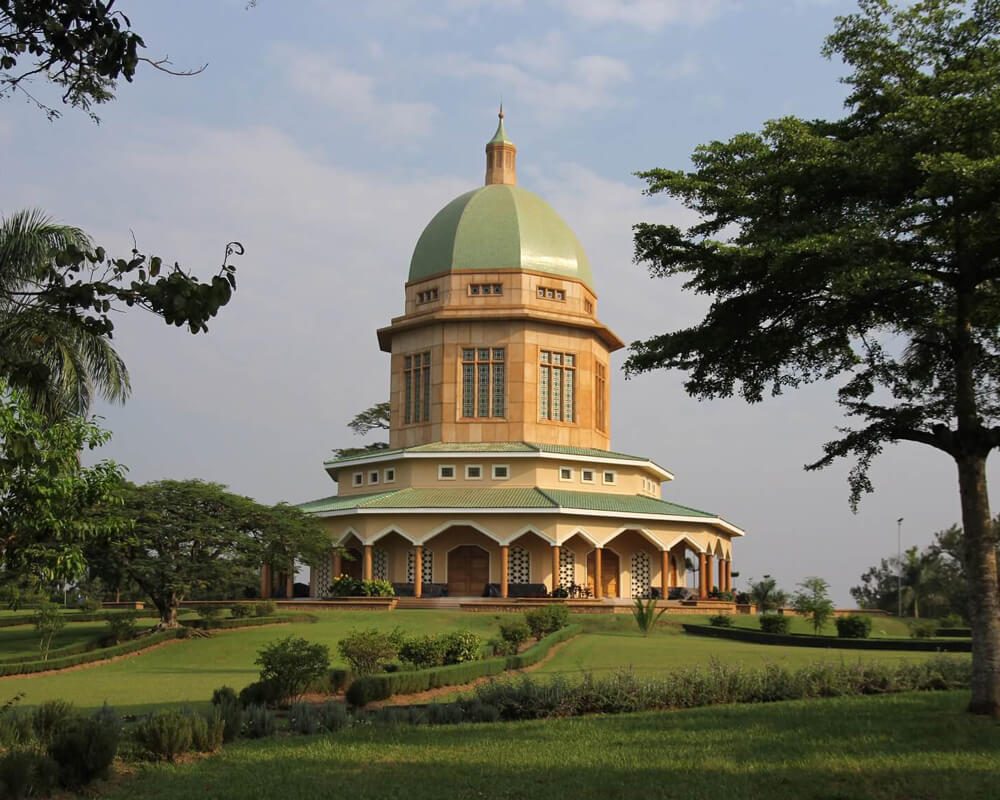
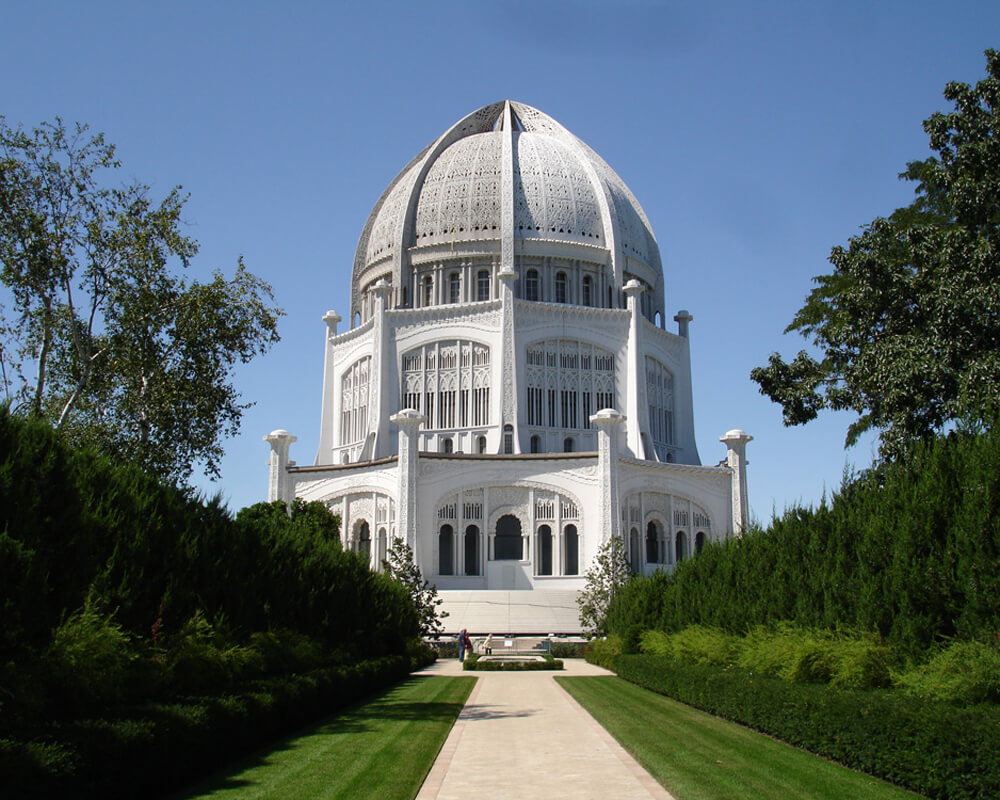
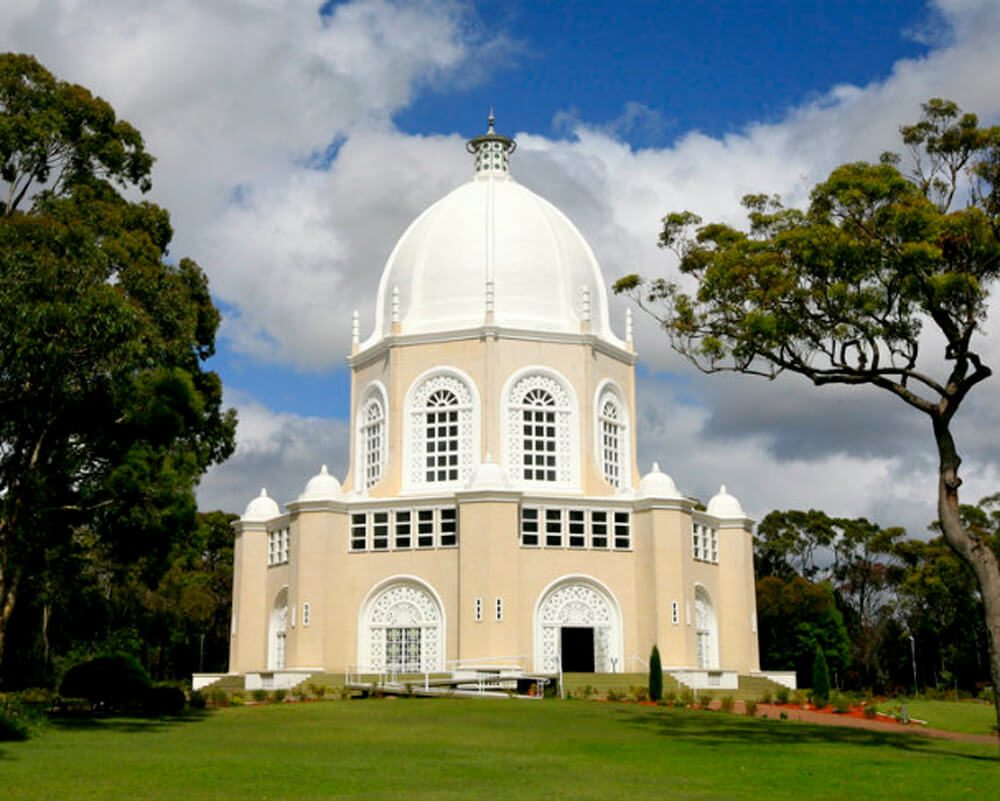
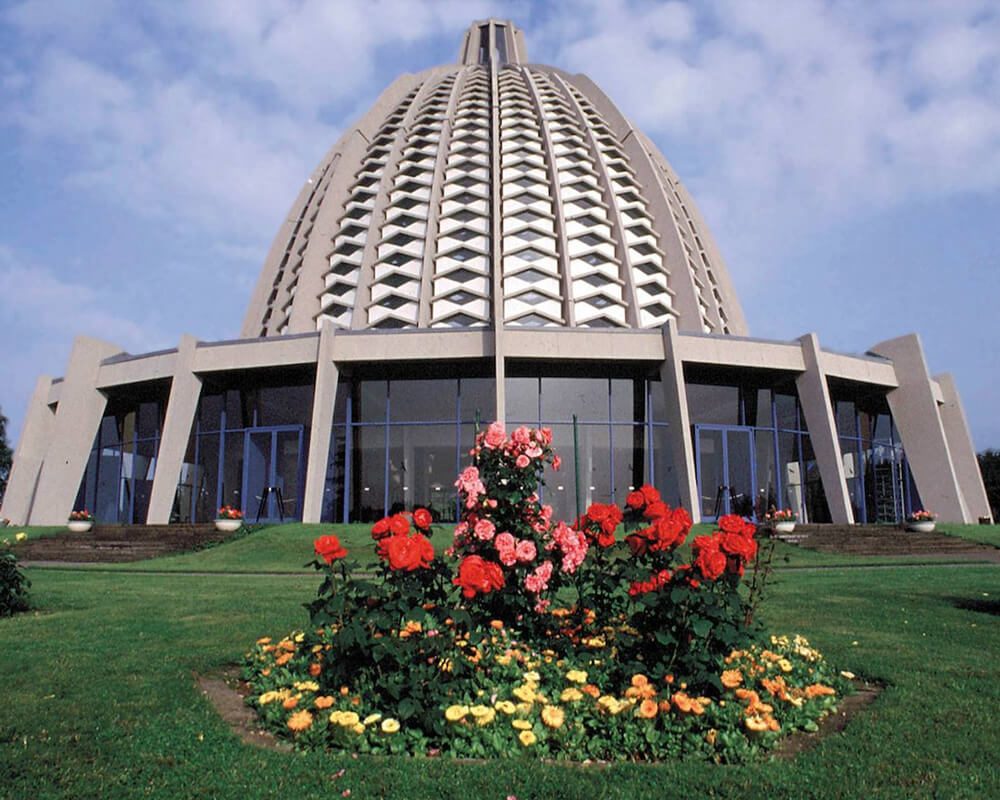
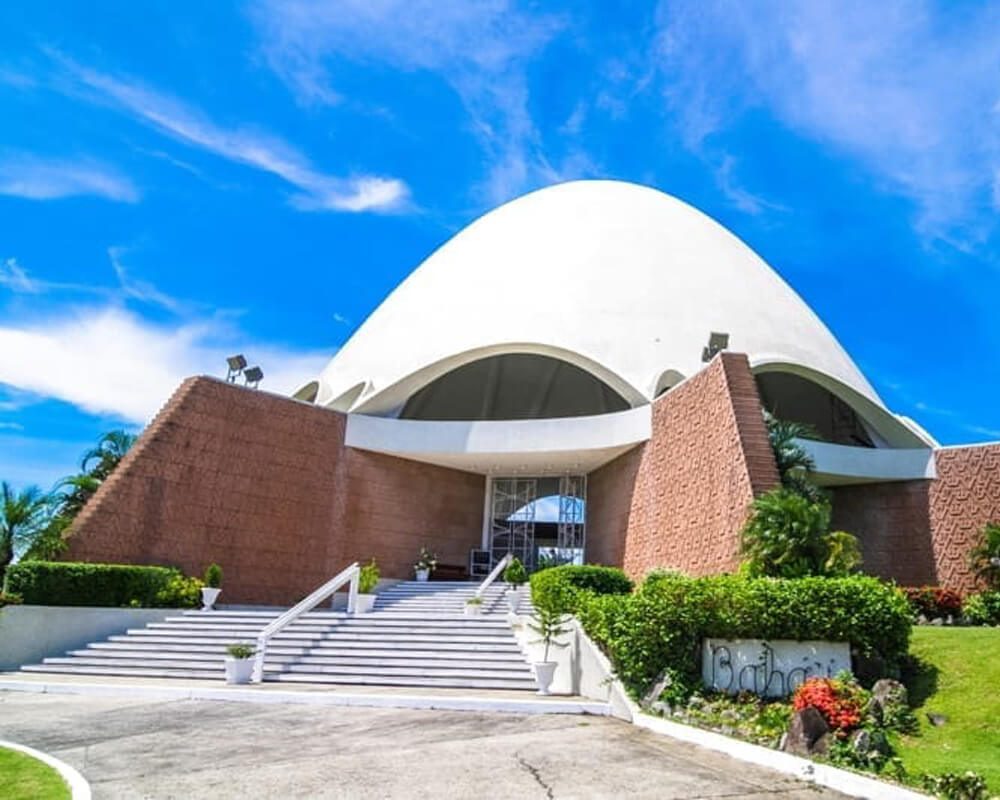
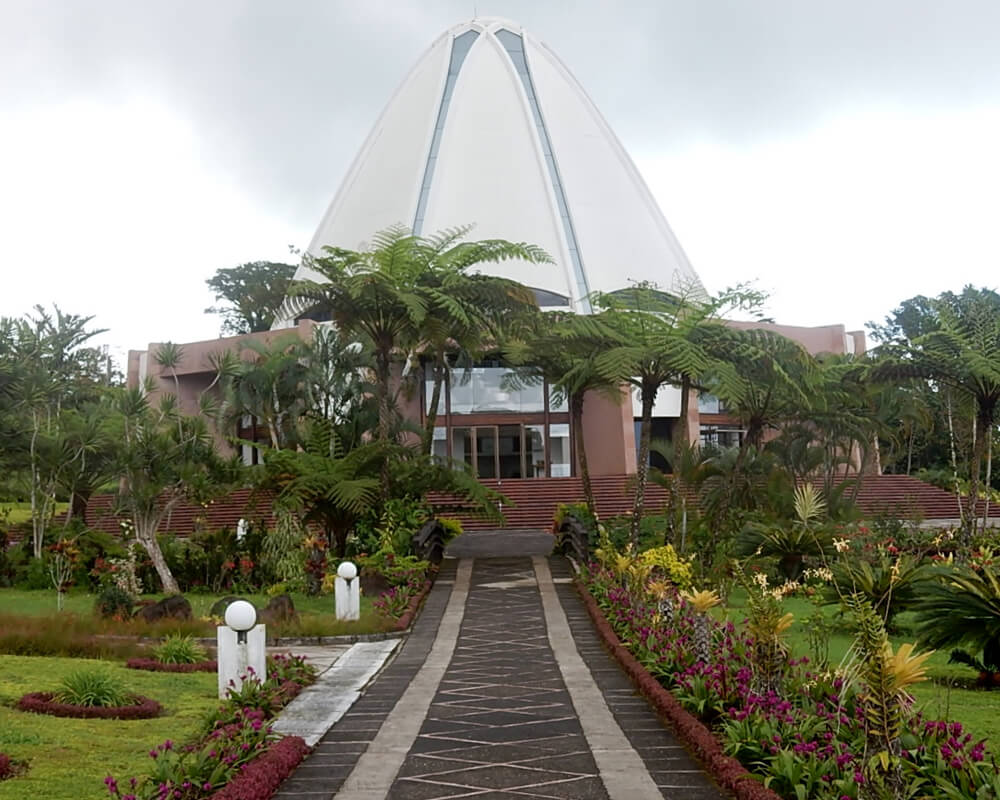

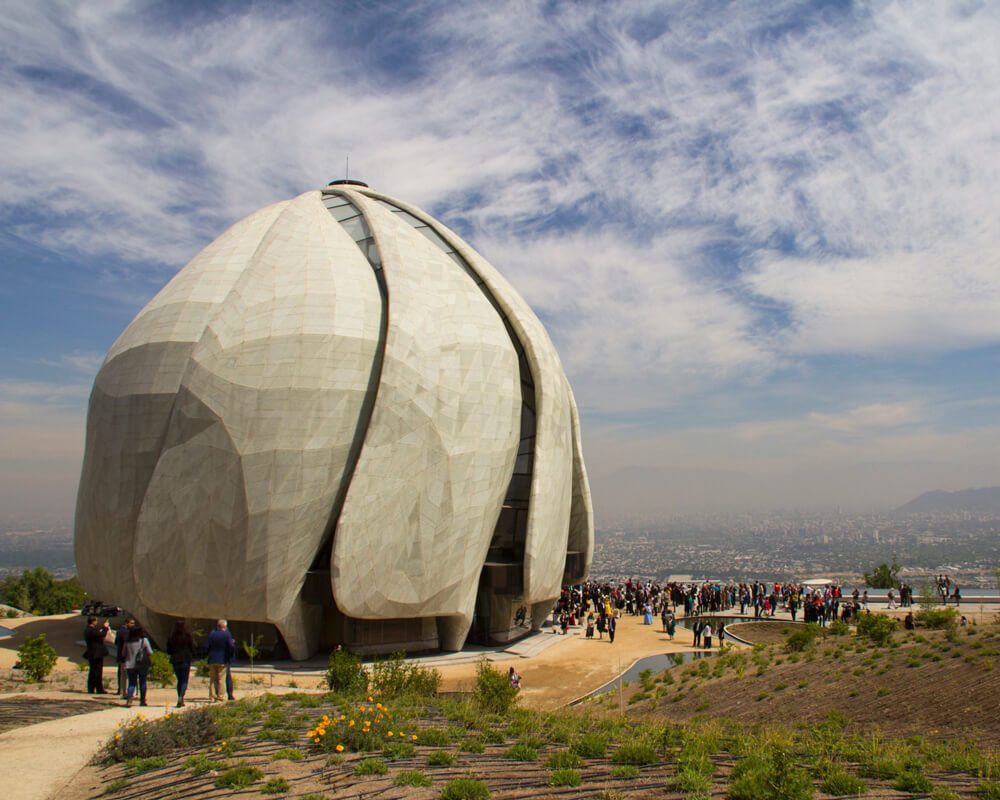
From 1953, the Bahá’í community continued the process of building Houses of Worship on each of the remaining continents Africa (Kampala, Uganda), Antipodes (Sydney, Australia, Europe (Langenhain, Germany), Latin America (Panama City, Panama), Pacific (Apia, Samoa), Indian Subcontinent (New Dehli, India). The process of building “continental” Houses of Worship ended in 2016 with the dedication of the Temple of South America (Santiago, Chile). This entire process has taken the Bahá’í community just over 100 years.
National Houses of Worship
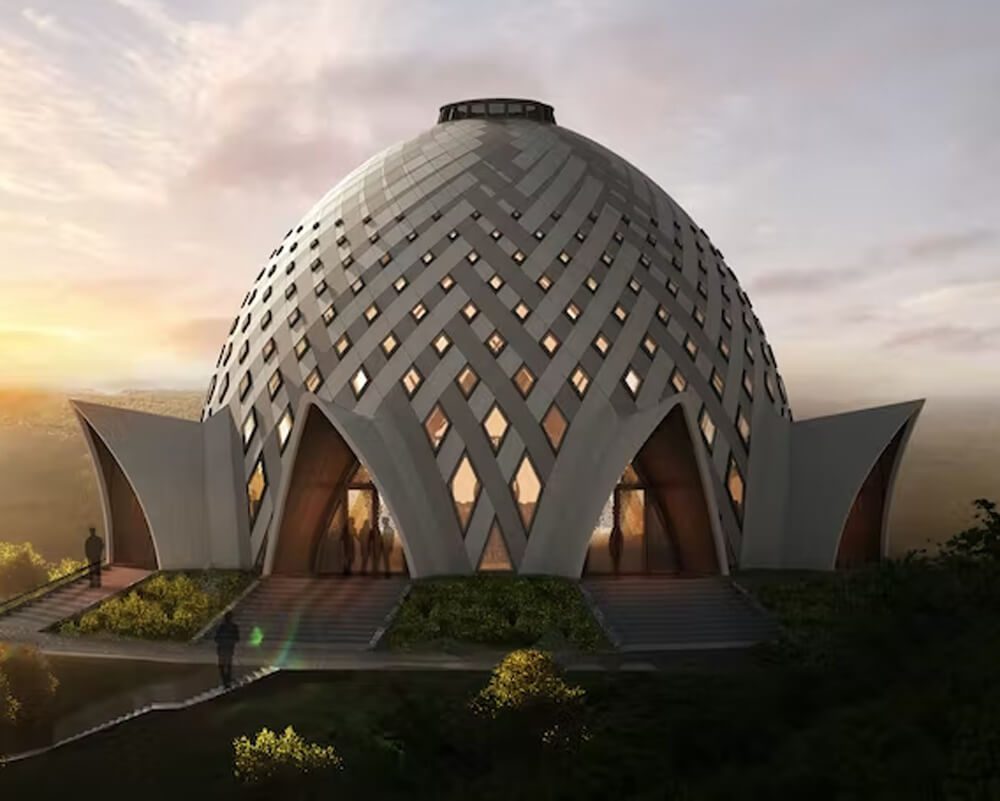
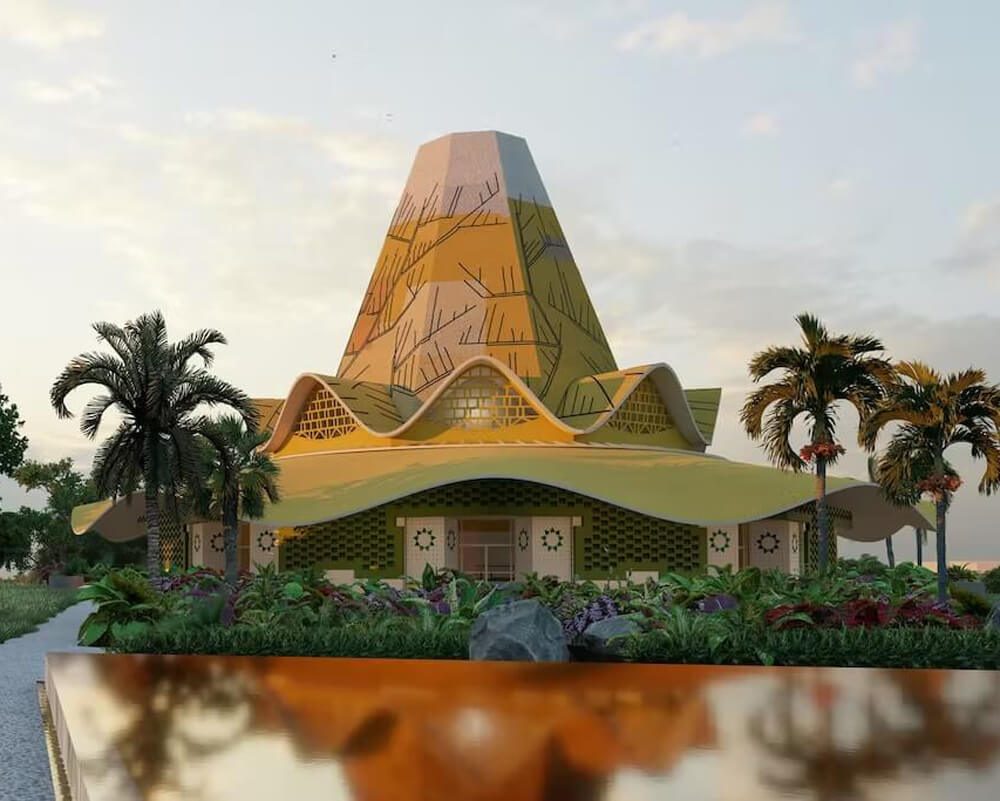
In April of 2012, the Supreme institution of the Bahá’í Faith, the Universal House of Justice announced the commencement of building National and Local Houses of Worship around the world, beginning with two National and five Local Houses of Worship. Almost 10 years later, four local ones have been erected in Battambang (Cambodia), Norte del Cauca (Columbia), Matunda Soy (Kenya) and Tanna (Vanuatu). Construction of the one in Bihar Sharif (India) is yet to begin. Of the two national ones, the one in Kinshasa (DR Congo) is ready for dedication and the one in Port Moresby (Papua New Guinea) is nearing completion. In the same letter, Universal House of Justice describes the necessary degree of development in a community for which permission can be given to erect a House of Worship. Whereas in 2012 there were approximately 62 potential sites for Houses of Worship, there are now hundreds and, in some countries, potentially thousands could emerge.
Local Houses of Worship

